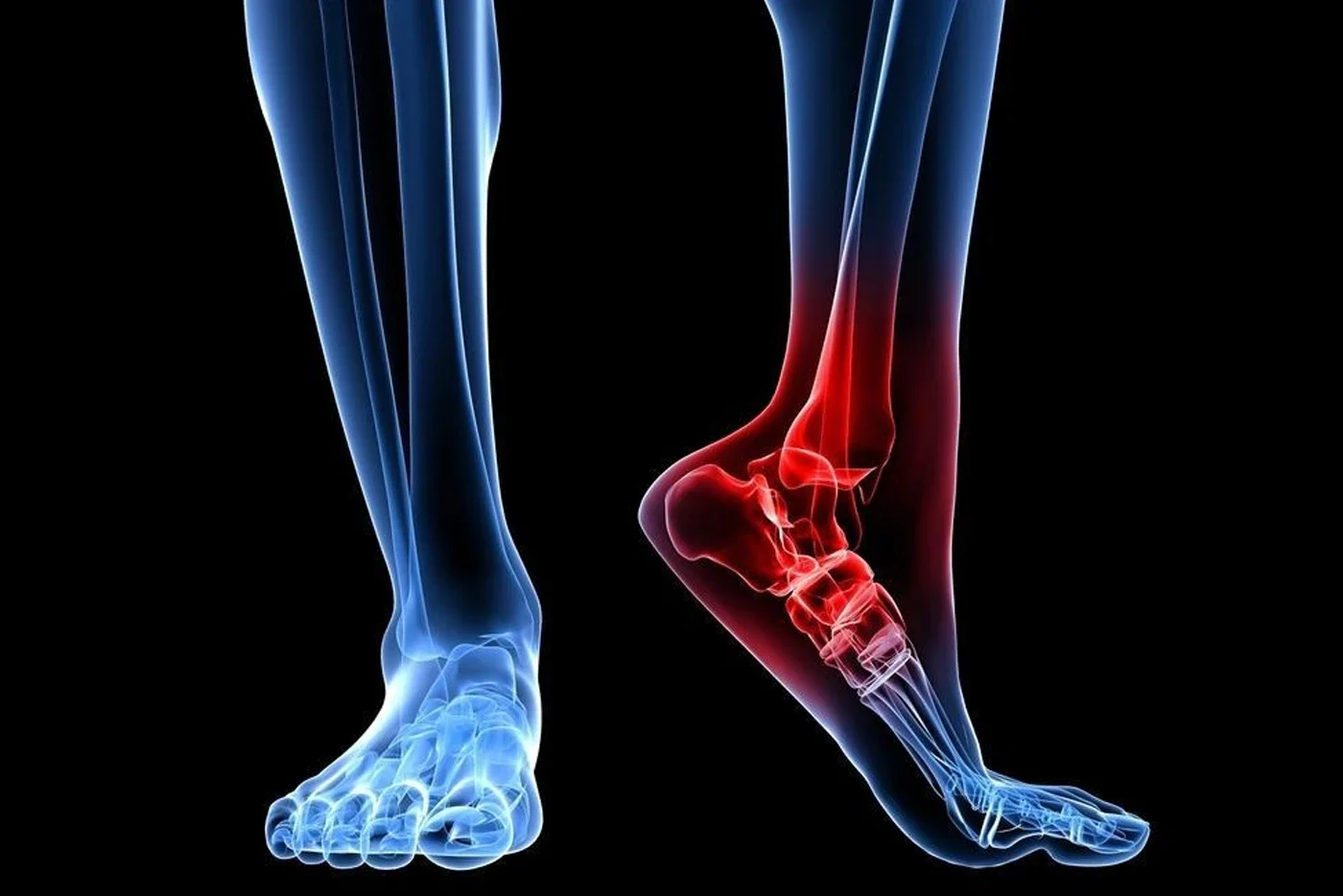Achilles Tendon Injuries
- Acromioclavicular Joint Dislocation
- Achilles Tendon Injuries
- Ankle Problems
- Cruciate Ligament Injury
- Orthopedic Problems of Dancers
- Knee Problems
- Ganglion Cyst
- Hallux Rigidus
- Hallux Valgus
- Carpometacarpal Joint Arthritis
- Meniscus Tear
- Orthopedic Problems of Musicians
- Olecranon Fracture
- Shoulder Dislocation
- Shoulder Problems
- Osteoartrit
Contact Us
You can contact us to answer your questions and find solutions for your needs.
M. Tibet Altuğ M.D. Contact
M. Tibet Altuğ M.D.
Achilles Tendon Injuries
The general approach in Achilles Tendon Injuries is to micro-injure the injury site in order to initiate re-injury at the site of injury.
The general approach in Achilles Tendon Injuries is to micro-injure the injury site in order to initiate re-injury at the site of injury.
The Achilles tendon is the largest tendon in our body, primarily responsible for plantar flexion of the ankle. The retrocalcaneal bursa and superficial bursa contribute to the lubrication of the tendon. The tendon is surrounded by a tissue called the paratenon, which is not a true tendon sheath. Therefore, there is a region, 2-6 cm from the point of attachment to the heel, with poor vascularization, making it a risk zone for injury.
Acute Tendinitis:
The most common cause is excessive strain leading to inflammation in the paratenon and retrocalcaneal bursa. This often occurs after unfamiliar walking distances, increasing exercise intensity, or even changing shoes. Symptoms include pain, swelling, and increased warmth at the injury site. Non-surgical treatments are typically used, depending on the phase of healing. These may include pain-relieving medications, rest, ultrasonography, high-intensity laser therapy, bandaging, and splinting, which are effective in about 90% of cases. In patients who do not respond to these treatments, surgical intervention may be necessary.
Chronic Tendinitis:
This condition is thought to develop after prolonged or unresolved acute tendinitis. The failure of proper healing during the acute phase often leads to chronic issues. The causes of incomplete healing may involve biomechanical, metabolic, psychological, or postural factors.
The general approach to chronic tendinitis is to re-initiate healing in the injured area through micro-trauma, followed by long-term follow-ups. Chronic degenerative changes occur in the tendon, and patients with chronic tendinitis tend to be older than those with acute tendinitis. Risk factors include obesity, corticosteroid or estrogen use.
Patients primarily complain of pain, and a mass that moves with ankle motion may be palpated on the Achilles tendon. There may also be localized tenderness in areas with only swelling. Non-surgical treatment follows the same approach as acute tendinitis. Surgical treatment involves excising the problematic part of the tendon and, if necessary, tendon transfer.
Acute Ruptures:
This type of injury typically occurs in men aged 30-40 who do not engage in regular sports. A significant portion of ruptures occur in the area where the tendon has poor blood supply (approximately 4-6 cm from the attachment point).
Following the injury, the patient experiences weakness in the ankle and difficulty walking. In older patients, those with a sedentary lifestyle, or those who cannot undergo surgery due to other medical conditions, conservative treatment is applied.
Non-surgical treatment options include immobilization and physical therapy. In surgical treatment, the tendon is repaired, followed by physical therapy.
Chronic Ruptures:
These are ruptures that have not been diagnosed for more than three months. Diagnosis is made similarly to acute ruptures, but the symptoms are less severe. Muscle atrophy in the leg is often observed.
Non-surgical treatment includes physical therapy and the use of orthoses that prevent ankle dorsiflexion. Primary repair can be attempted up to three months post-injury. For older ruptures (depending on the size of the tear), tendon advancement or tendon transfer may be necessary.

